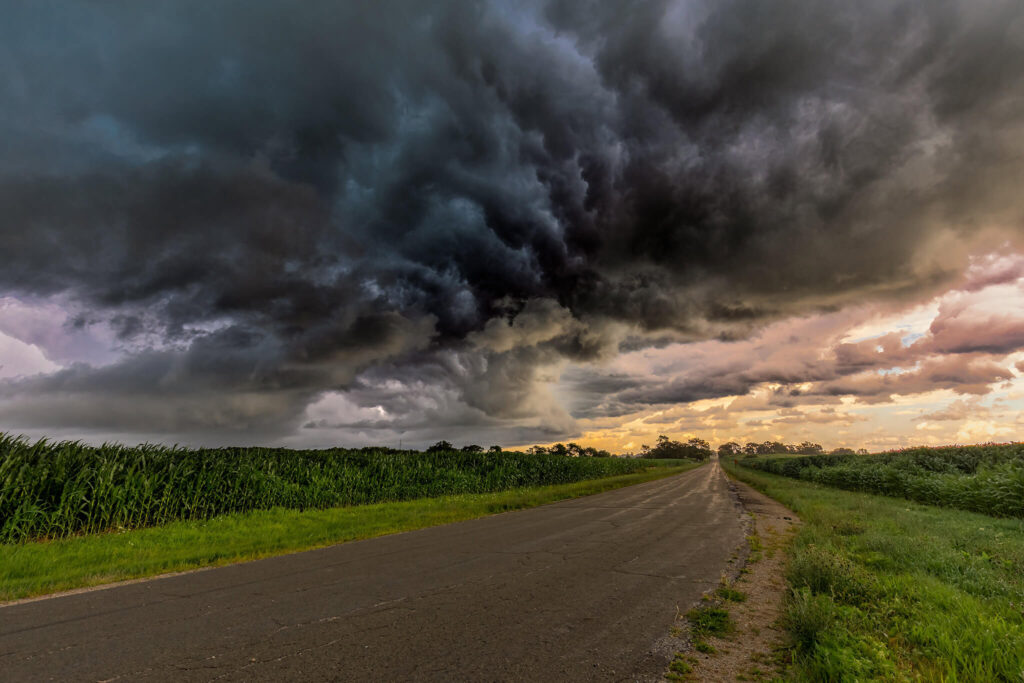The English expression “May you live in interesting times” is claimed to be based on an ironic Chinese curse as most of us would prefer to live fairly peacefully. While some variety is nice, this year, it felt a bit more like the perfect storm of calamity. We covered many events throughout the year, but part of knowing where you are going is understanding where you came from in the first place. A short list of the 2022 economic drivers is presented below.
Inflation
Many experts concluded that inflation fears were overrated coming into 2022, only to be surprised by their continued strength, including a 9.1% annualized peak in June. This followed a 7.1% gain for the Consumer Price Index in 2021. We explained several reasons for this spike in our article, “Prices Aren’t Falling,” and some key reasons this will abate in 2023. Namely, the dramatic spikes in energy and food inputs due to the Russian invasion of Ukraine will drop off the annualized figures. This is welcome news for cash-strapped consumers, but perhaps it comes too late as consumers are stretched thin. While inflation was slowing, the “new prices” became entrenched along with the ever-shrinking boxes of cereal at the store. This leads us to…
Central Banks
Many thought the announcement of rate increases alone would make the market react. However, years of low-interest rates and central banks more worried about propping up economies than managing their balance sheet required that they prove they were not bluffing. The United States Federal Reserve led the way, steadily increasing rates at a “rapid” pace that surprised many. Clearly, Powell and the Fed committee chose Scenario 1 from our Fed Pickle article, which predictably led to a market correction. The current Federal Funds rate is at 4.5%, but the degree of increase is expected to slow. This led to US dollar strength throughout the year, which shielded US consumers from inflation effects seen in other countries. The European Central Bank (ECB), along with the central banks of England, Canada, Australia, and Norway, began to raise rates as well, and for the first time since 2016, in a surprise move, the Bank of Japan said they would let begin to follow suit as well.
Russian War
Vladimir Putin perhaps thought that the world would react in the same way it did when Russia took over Crimea in 2014. At the time, this incursion surprised everyone despite Tom Clancy writing almost the exact scenario in his 2013 book Command Authority. As he points out in the book, Ukraine was not a NATO member, so Europe would not fight for that land. Circumstances change, and despite underinvestment in energy production throughout the European continent and even the United States, sanctions came quickly. But the pain felt by Russia was borne by everyone since other producers could not replace the shortfall in energy for various reasons covered in this article. Grain prices rallied dramatically since Russia and Ukraine provide over half the world’s wheat and other crops. This provided a valuable foil for the world’s politicians, finding someone new to blame for rising prices despite continuing the path they were already on.
COVID-19
The gift that keeps on giving. Like being able to blame Russia, COVID continues to get assigned responsibility for many of our economic ills. Supply chain issues, increased travel demand, and “excessive” savings are all mentioned. The trillions spent, which now carry a higher interest rate to finance, will provide fodder for years to come. Most countries appear to be moving on; China, however, continued their “Zero COVID” policy for much of the year, only recently backing off as social unrest and collapsing economic activity showed that their stance was untenable. Stocks that benefitted from the pandemic suffered greatly as Zoom, Peloton, Docusign, and others cratered.
Predictions for 2023
Futures traders like to trade the price action on the screen and, as such, avoid predicting where things might go. I share this sentiment, but I am watching several items in the new year. The 2008 crisis began with housing. Falling home sales, rising rates, and potential declines in value set the stage for trouble once again. The new and used car market could also be impacted as inflated prices and robust sales in 2022 might lead to many owing more than their car is worth. This could result in some returning their vehicle (and balance) to the bank and simply getting a different car for less when prices collapse. Finally, evidence of a recession coming includes job cuts at many of the largest firms, a decline in retail sales, depleted pandemic-driven savings, and 63% of Americans living paycheck to paycheck. We discussed the possibility of a soft landing in this article, but it appears the Fed is increasingly convinced that a mild recession is better than rising prices.
While inflation might slow, government spending continues at a pace that might keep it going. The official national debt combined with entitlements promised in the United States alone stands at over 100 trillion dollars. This is easier to maintain at a zero percent rate, but the bill will come due eventually. As a friend often pointed out, “If something is unsustainable, it will cease.” I hope, whatever happens, you have planned accordingly.
Photo by Dave Hoefler on Unsplash

